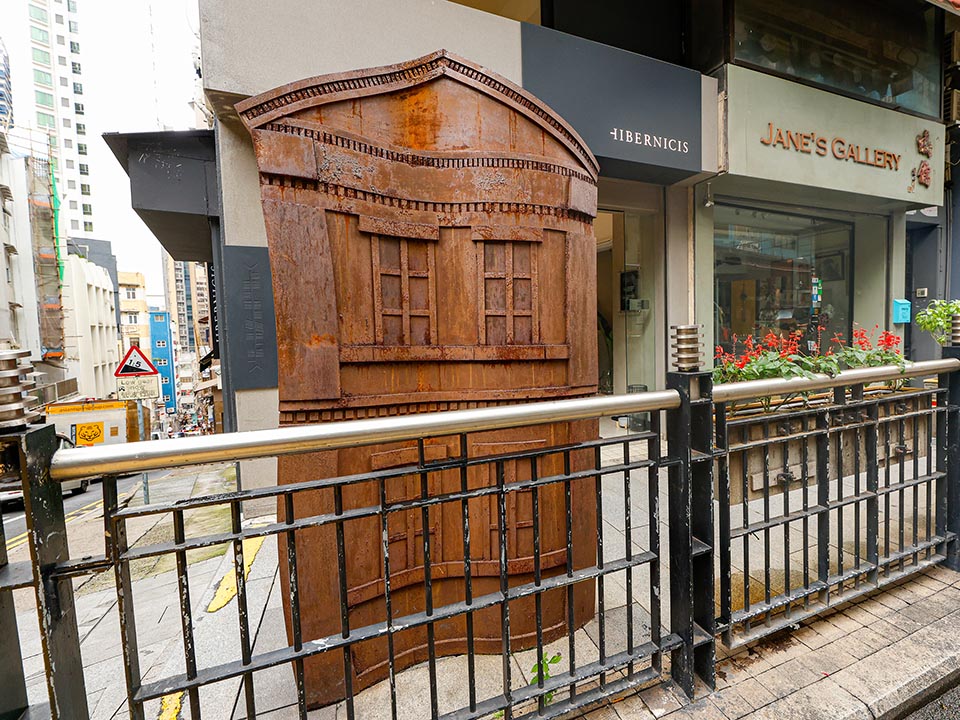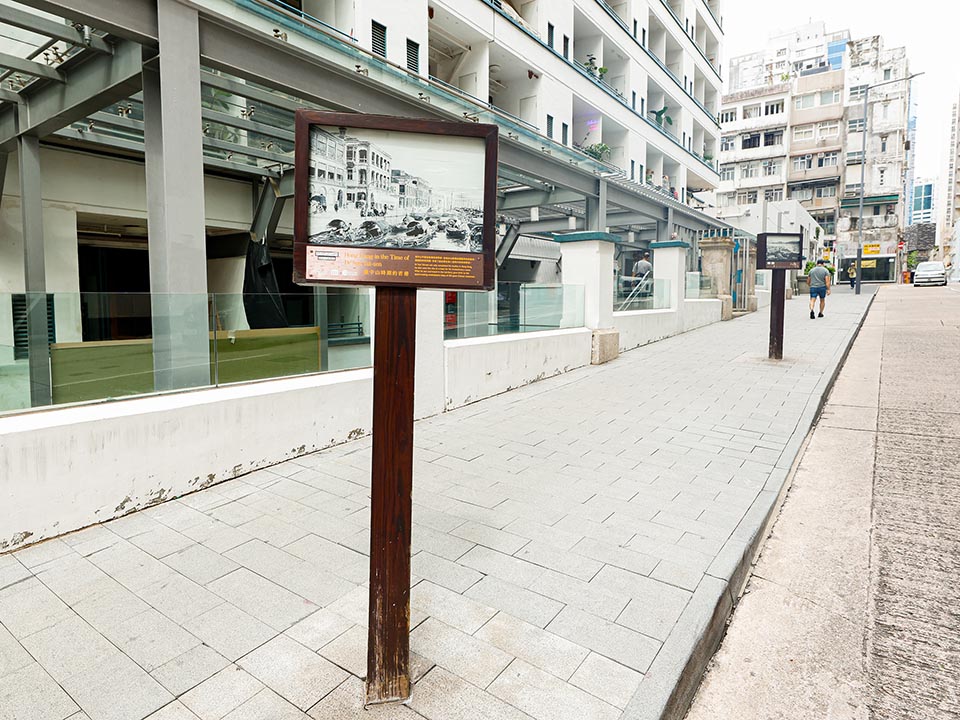On Sunday 11 January, Tai Mong Tsai Road and Sai Kung Man Yee Road in Sai Kung will be temporarily closed from 7:30am to 1:30pm for a marathon. During this time, vehicles will not be allowed entry and Green Minibus Route 9A to High Island Reservoir, East Dam will be suspended. Visitors can access East Dam on foot. For more information, please visit the Transport Department's website.

Speak now


I’m Sorry. I didn’t get that.
Hong Kong Tourism Board
Hong Kong Tourism Board
Dr Sun Yat-sen Historical Trail
Follow in the footsteps of Dr Sun Yat-sen through his life and work in Hong Kong.





Content provided by Time Out Hong Kong
Wind your way through the Central and Western district with the Dr Sun Yat-sen Historical Trail to find traces of what this important Chinese statesman and revolutionary leader left behind in Hong Kong. Nine local artists have redesigned informational plaques under the theme of ‘art across time’ to highlight the history and culture of our city in days gone by. The trail brings explorers to 16 locations linked to Dr Sun Yat-sen, including attractions relating to his education, the places he lived and venues where he had heated discussions on national affairs, and sites where revolutionary activities were held.
Follow in his footsteps during his years in Hong Kong. The University of Hong Kong (HKU), which was founded in 1911, is a great example. Dr Sun Yat-sen studied here from 1887 to 1892 at the College of Medicine for Chinese, Hongkong, which was later incorporated into HKU as the Faculty of Medicine. In 1923, he gave a speech in what is now the Loke Yew Hall of HKU, during which he famously declared, “Hong Kong and the University of Hong Kong are my intellectual birthplace.”
The Foo Tan Man Ser (also known as the Chinese Patriotic Mutual Improvement Association) was founded by Yeung Ku-wan and Tse Tsan-tai. This venue often hosted private meetings to discuss political issues and reforms in China, with Dr Sun Yat-sen in close contact with its members. The Association used to be located on the first floor in 1892 and joined forces with the Xingzhonghui (the Revive China Society) in early 1895, setting up its Hong Kong headquarters disguised as Kuen Hang Club. Today, visitors can explore Pak Tsz Lane Park, which features displays and exhibits with information on Foo Yan Man Ser and Dr Sun Yat-sen’s role in the Guangzhou Revolution. The use of black frames allow for the historical venue to be seen through the modern displays, creating a blend of the old and the new.
Nearby on 2 Lyndhurst Terrace lies the site of what used to be one of Hong Kong’s most popular Western-style restaurants, Heng Yin Lau. This eatery on the intersection of Lyndhurst Terrace and Pottinger Street was frequented by Dr Sun Yat-sen and his compatriots as one of their favourite meeting places. It had also served as a safe location for revolutionaries fleeing the aftermath of the first Guangzhou uprising in 1895.
Information on this page is subject to change without advance notice.
 Live Chat
Live Chat









